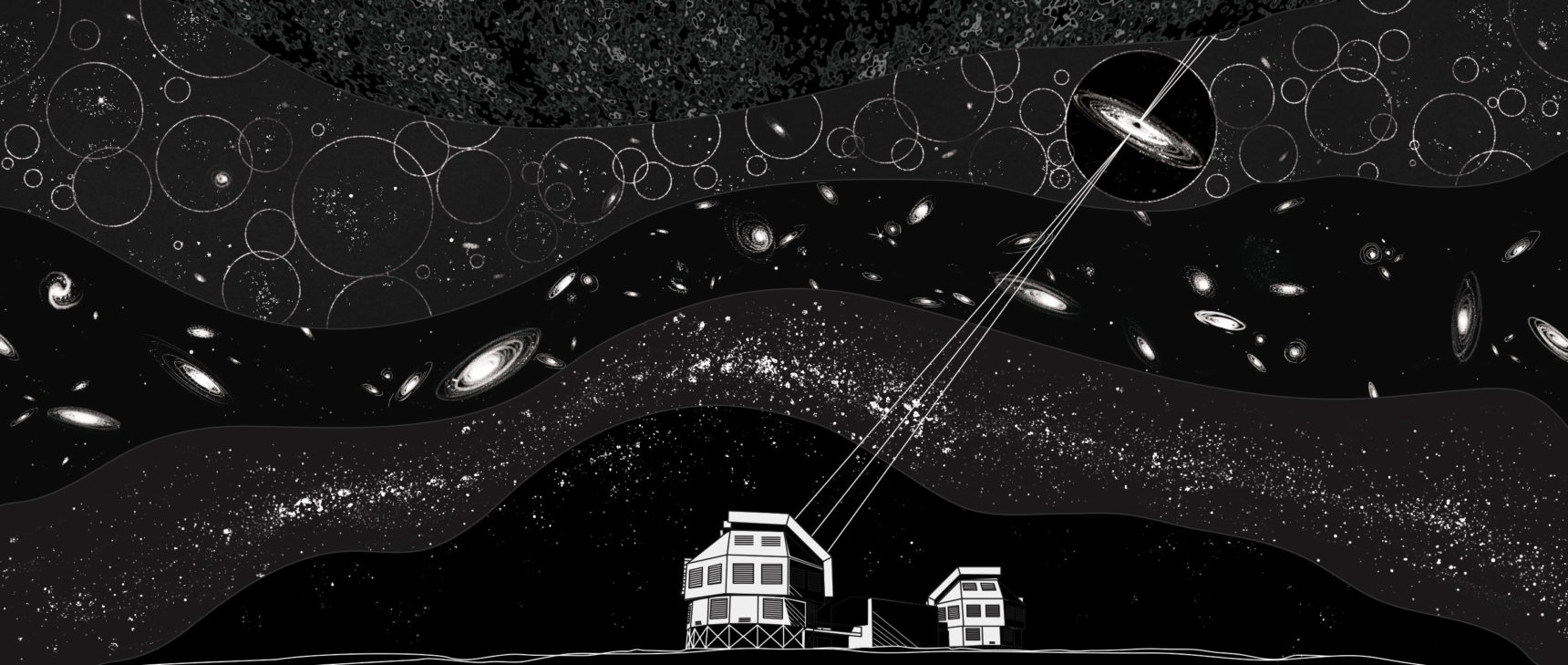Mathematicians Crack the Cursed Curve

A graph of solutions to the “cursed curve.”
Jennifer Balakrishnan and Sachi Hashimoto, plotted using SageMath.
Introduction
Mathematical proofs are elaborate theoretical arguments that often say little about actual numbers and calculations — the concrete values non-mathematicians think of as “solving a math problem.” Occasionally, though, theoretical proofs lead to explicit results. This was the case with an exciting sequence of events that culminated last month.
The story takes place in the mathematical field of number theory. The theoretical side involves some intriguing new ideas from Minhyong Kim, a mathematician at the University of Oxford.
As I explained in a recent article, Kim works in a highly abstract area of mathematics, but the goal of his work is actually quite straightforward: to find a method for identifying all the rational solutions to particular kinds of equations.
The rational numbers, remember, consist of all the numbers that can be written as a fraction. So for the equation x2 + y2 = 1, one rational solution is x = 3/5 and y = 4/5.
The problem Kim is wrestling with dates all the way back to Diophantus of Alexandria, who studied such “Diophantine equations” in the third century A.D. The most significant recent result on the topic provided an important but blunt reframing of the problem: In 1986, Gerd Faltings won the Fields Medal, math’s highest honor, primarily for proving that certain classes of Diophantine equations have only finitely many rational solutions (rather than infinitely many).
Faltings’ proof was what mathematicians call “ineffective,” meaning that it didn’t actually count the number of rational solutions, let alone identify them. The vast majority of proofs in number theory are similarly ineffective. This kind of proof arises especially often when mathematicians argue by contradiction: If there are infinitely many rational solutions, then you get a logical contradiction; therefore, there must be only finitely many rational solutions. (And good luck finding them.)
Since Faltings’ result, mathematicians have looked for “effective” methods for finding rational solutions to Diophantine equations, and Kim has one of the most promising new ideas. Drawing inspiration from physics, he thinks of rational solutions to equations as being somehow the same as the path that light travels between two points.
Kim argues that it should be possible to start with a Diophantine equation and construct some other geometric object based on it (called a Selmer variety), such that the equation and the new object intersect at precisely the points that represent rational solutions. Kim has been developing this idea for more than a decade, and mathematicians have been curious to see whether it will really work in practice.
They now have confirmation that it does.
Last month a team of mathematicians — Jennifer Balakrishnan, Netan Dogra, J. Steffen Müller, Jan Tuitman and Jan Vonk — identified the rational solutions for a famously difficult Diophantine equation known as the “cursed curve.” The curve’s importance in mathematics stems from a question raised by the influential mathematician Jean-Pierre Serre in 1972. Mathematicians have made steady progress on Serre’s question over the last 40-plus years, but it involves an equation they just couldn’t handle — the cursed curve.
(To give you a sense of how complicated these Diophantine equations can get, it’s worth just stating the equation for the cursed curve: y4 + 5x4 − 6x2y2 + 6x3z + 26x2yz + 10xy2z − 10y3z − 32x2z2 − 40xyz2 + 24y2z2 + 32xz3 − 16yz3 = 0.)
In 2002 the mathematician Steven Galbraith identified seven rational solutions to the cursed curve, but a harder and more important task remained: to prove that those seven are the only ones (or to find the rest if there are in fact more).
The authors of the new work followed Kim’s general approach. They constructed a specific geometric object that intersects the graph of the cursed curve at exactly the points associated to rational solutions. “Minhyong does very foundational theoretical work in his papers. We’re translating the objects in Kim’s work into structures we can turn into computer code and explicitly calculate,” said Balakrishnan, a mathematician at Boston University. The process proved that those seven rational solutions are indeed the only ones.
Kiran Kedlaya, a mathematician at the University of California, San Diego, calls the paper a “watershed moment” in the study of Diophantine equations. In addition to proving results for the cursed curve, this new work establishes something else: that Kim’s method really works. It remains to be seen which equations it will take down next.



